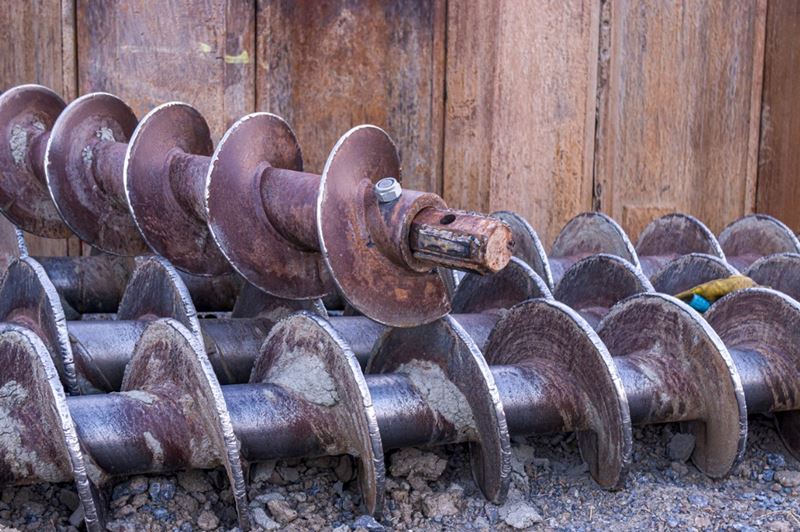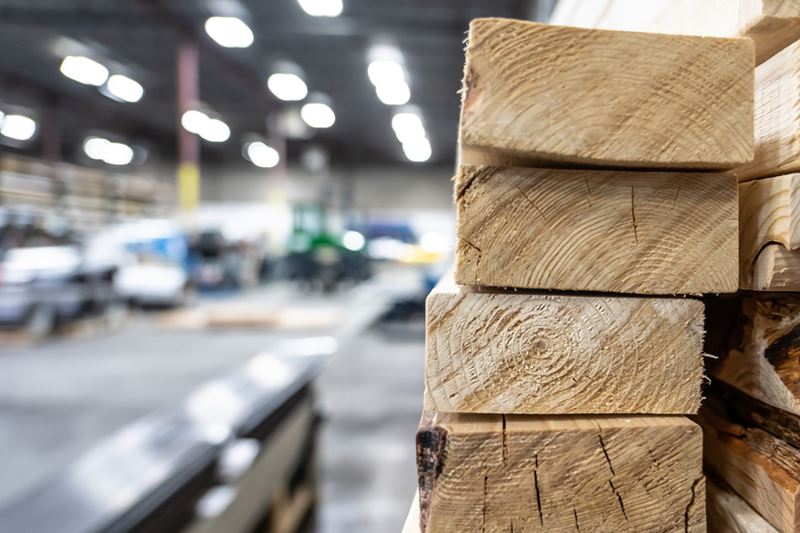Loss trends and emerging risks: Construction
Loss trends and emerging risks: Construction
As part of our second annual year-end Q&A series, Sovereign’s Bob Lawlor, Senior Casualty Specialist – Atlantic Region, shares his thoughts on construction industry loss trends in 2022 and how businesses can strive to mitigate risks in the year to come.
What are the loss trends/key exposures you saw in 2022?
The reality is, they haven’t changed significantly compared to the previous year. In 2022, we continued to see rising building and material costs, which can leave commercial building owners exposed from an insurance standpoint. Property insurance policies have what’s called a co-insurance clause, which typically requires policyholders to insure 90% of the replacement value of the property. If an insured doesn’t keep their values up to date based on current replacement costs, they would have to pay the difference out of pocket. There’s a formula for calculating this, but to do the quick math: if a $1 million building is insured for $500,000, you’ll only get 50 cents on the dollar. So, making sure property owners have the proper insured values is an ongoing issue.
See: Cost of construction materials: Is your building adequately insured?
Another loss trend – and this won’t shock anyone – is supply chain issues. Everyone has read about microchip shortages and certain food shortages, but in construction it’s things like insulation, copper wire, and electric panels. This leads to delays that can derail construction timelines and result in financial losses. There’s a similar story with another ongoing challenge: the labour force shortage. It’s increasingly difficult to find skilled construction workers, which can also lead to missed budgets and timelines.
What are some of the emerging risks to keep an eye out for next year?
Insurance companies and contractors in Canada, and around the world, are paying more attention to climate change and extreme weather events. Flooding is really on insurance companies’ radars now because of so many incidents we’ve had in Canada, with Hurricane Fiona in Atlantic Canada being one. Wildfires are also occurring more frequently.
How can organizations mitigate these risks?
With regards to building values, it’s the insured’s responsibility to make sure their building and property values are correct. So, they should regularly review their insurance coverages with their broker.
When it comes to the supply chain issue, that’s a difficult one. But one way businesses can try to mitigate losses is to expand their supplier pool rather than rely on one supplier. That’s easy to say and probably not easy to do, but it’s one avenue they can look at.
See: 5 ways to mitigate supply chain risks
On the labour force challenge, the construction industry, government, and various organizations are all looking at ways to attract and retain workers. For example, there are initiatives to get more young people and women into the trades. Companies are also looking at how to retain their current workforce, whether it’s through compensation, benefits, time off and/or being flexible.
See: The impact of the skilled labour shortage
Finally, with any potential loss, it’s important to have a business continuity plan. This should include everything from who to contact during an emergency, how to keep your suppliers going, and how to keep operations running when there’s no power. A business continuity plan should help mitigate losses and should help owners get back in business quickly.
See: 5 steps for developing a business continuity plan


